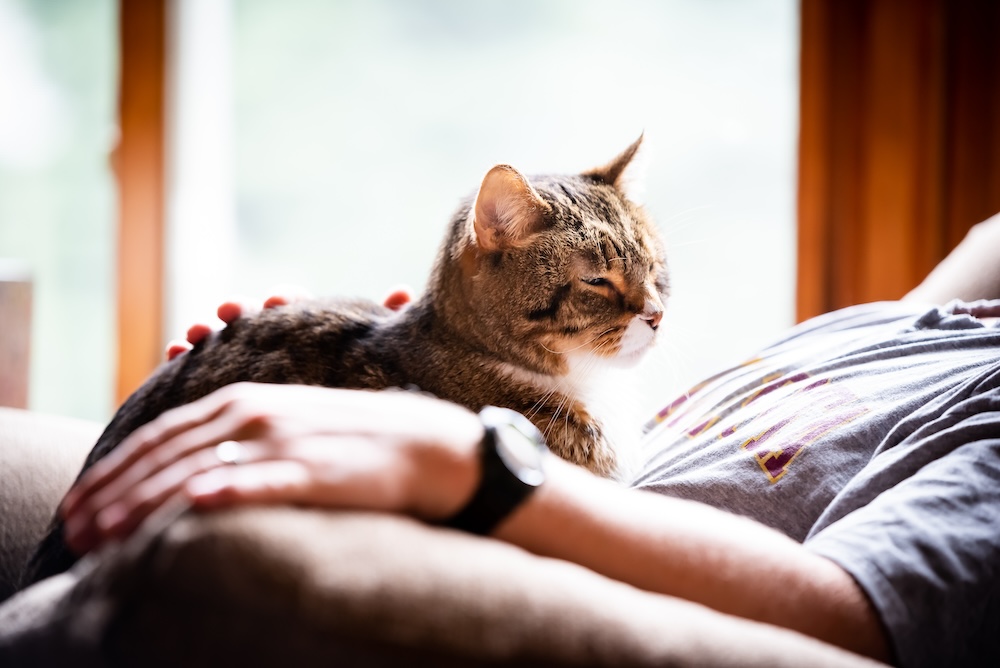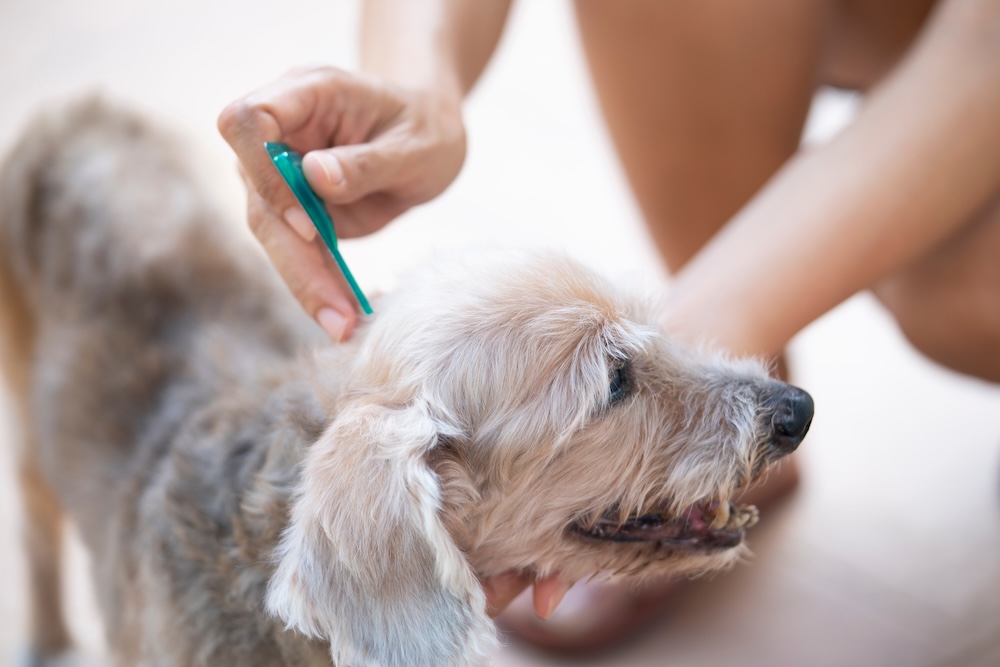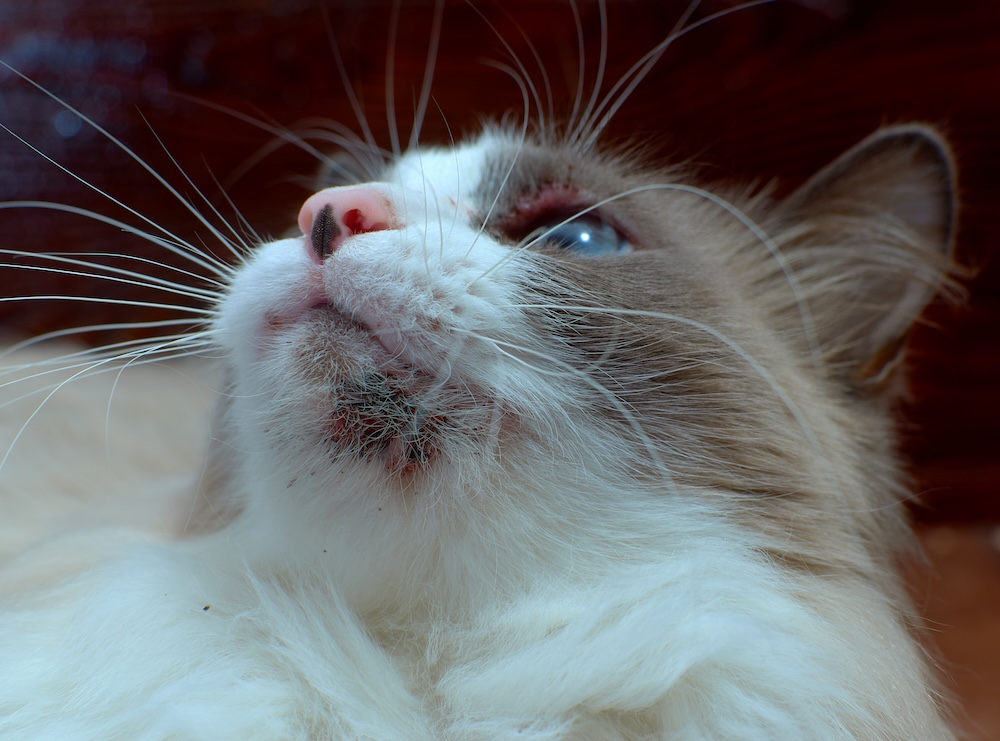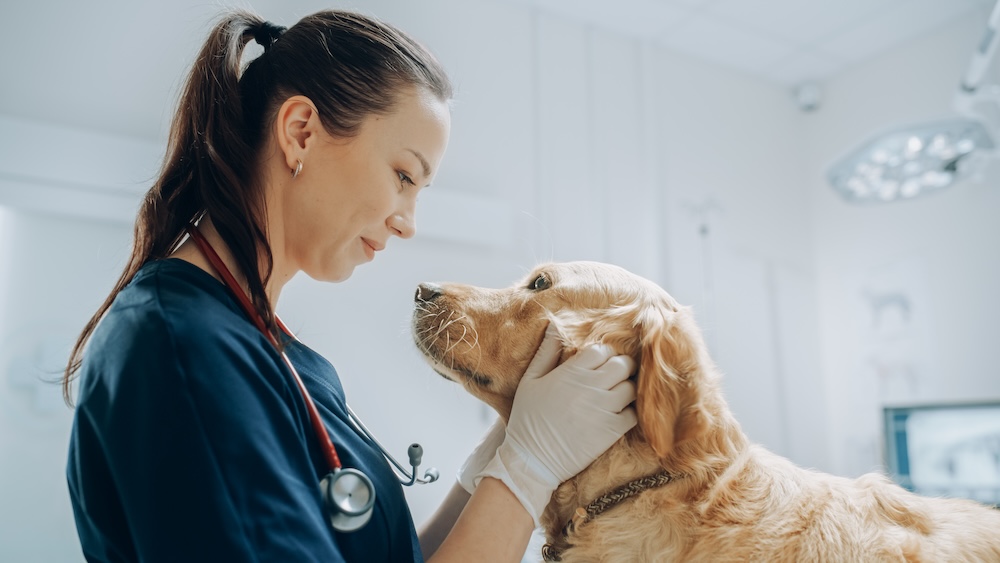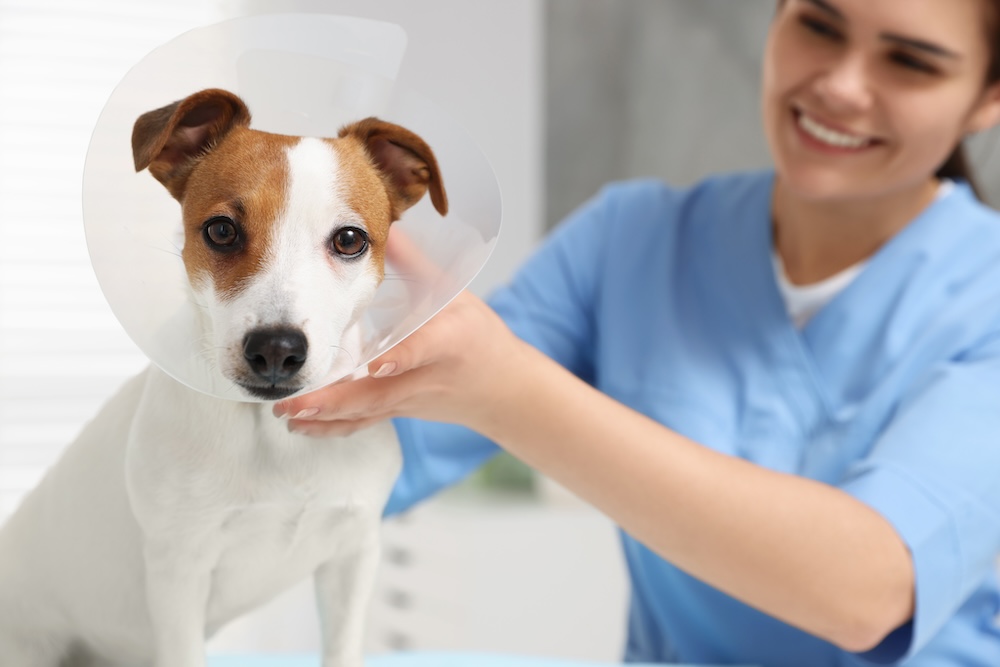Cat Dandruff Treatment: How to Help Your Feline Friend
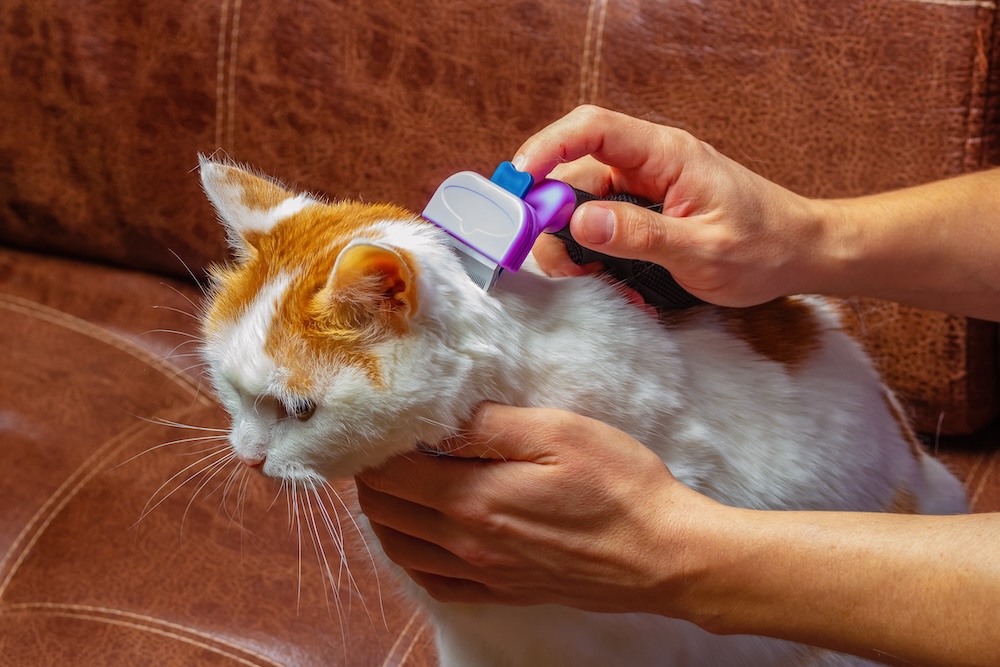
At Faithful Friends Veterinary Clinic, we understand how much your cat’s health and comfort mean to you. One of the issues that may concern cat owners is dandruff. While it might seem like a minor cosmetic issue, dandruff can indicate underlying health problems and cause discomfort for your feline friend. In this article, we’ll explore the causes of cat dandruff, effective cat dandruff treatments, and preventive measures to help keep your cat’s coat healthy and flake-free.
Understanding Cat Dandruff
Dandruff in cats manifests as tiny white flakes of dead skin that appear on your cat’s fur and skin. You might notice these flakes when petting your cat or find them on their bedding or favorite resting spots. Dandruff is different from dander, which is a normal shedding of skin cells. Excessive dandruff can be a sign of an underlying issue that needs attention.
Causes of Cat Dandruff
Before diving into cat dandruff treatment, it’s essential to understand what might be causing it. Several factors can contribute to dandruff in cats:
1. Dry Skin
Just like humans, cats can develop dry skin, which leads to flaking. Dry skin can be caused by low humidity levels in your home, especially during winter months when heating systems can dry out the air.
2. Poor Grooming
Older cats or overweight cats may have difficulty grooming themselves properly, leading to the buildup of dead skin cells and the appearance of dandruff.
3. Parasites
External parasites like fleas, mites, or ticks can irritate your cat’s skin, causing it to become flaky and develop dandruff. Cheyletiella mites, in particular, are known to cause a condition called “walking dandruff,” where the mites are visible and resemble moving flakes of skin.
4. Dietary Deficiencies
A poor diet lacking in essential nutrients, particularly omega-3 fatty acids, can lead to skin problems, including dandruff. Proper nutrition plays a crucial role in maintaining healthy skin and coat.
5. Allergies
Cats can suffer from environmental, food, or contact allergies that cause skin irritation and dandruff. Identifying and addressing these feline allergies can help reduce skin issues.
6. Underlying Health Conditions
Conditions such as diabetes, hyperthyroidism, or other metabolic disorders can manifest as skin problems, including dandruff. If your cat’s dandruff is persistent or accompanied by other symptoms, it’s essential to consult your veterinarian.
Cat Dandruff Treatment
Treating cat dandruff involves addressing the underlying cause and providing supportive care to improve your cat’s skin health. Here are some effective cat dandruff treatments:
1. Improve Hydration
Ensure your cat is well-hydrated by providing fresh water at all times. Consider using a pet water fountain to encourage more frequent drinking. Increasing the humidity level in your home, especially during dry seasons, can also help prevent your cat’s skin from drying out.
2. Regular Grooming
Regular grooming is crucial for cats, especially those that struggle with self-grooming. Brushing your cat’s coat helps to remove dead skin cells, distribute natural oils, and prevent the buildup of dandruff. Use a gentle brush suitable for your cat’s fur type to avoid causing further irritation.
3. Nutritional Support
A balanced diet rich in omega-3 and omega-6 fatty acids can improve your cat’s skin and coat health. High-quality cat foods often contain these essential nutrients, but you can also consult your veterinarian about adding supplements, such as fish oil, to your cat’s diet.
4. Parasite Control
If your cat’s dandruff is due to parasites, it’s essential to eliminate the infestation. Your veterinarian can recommend appropriate flea, tick, or mite treatments, including topical applications, shampoos, or oral medications. Ensure all pets in the household are treated to prevent re-infestation.
5. Medicated Shampoos
In some cases, using a medicated shampoo designed to treat dandruff or seborrhea can be beneficial. These shampoos often contain ingredients like salicylic acid, sulfur, or coal tar, which help to reduce flaking and soothe irritated skin. Always consult your veterinarian before using any medicated products on your cat.
6. Address Allergies
If allergies are the culprit, identifying and eliminating the allergen is key. This may involve switching to hypoallergenic cat food, using air purifiers to reduce environmental allergens, or choosing unscented and hypoallergenic cleaning products.
7. Veterinary Care
If your cat’s dandruff persists despite treatment, or if it’s accompanied by other symptoms such as weight loss, increased thirst, or lethargy, it’s essential to consult your veterinarian. They can perform a thorough examination and run diagnostic tests to rule out underlying health conditions that may be contributing to the dandruff.
Preventing Cat Dandruff
Preventing dandruff is all about maintaining your cat’s overall health and well-being. Here are some tips to help keep your cat’s skin and coat healthy:
- Regular Vet Check-Ups: Schedule regular veterinary check-ups to monitor your cat’s health and catch any potential issues early.
- Balanced Diet: Feed your cat a high-quality, balanced diet rich in essential nutrients to support their skin and coat.
- Hydration: Ensure your cat stays hydrated by providing fresh water and considering ways to increase humidity in your home.
- Regular Grooming: Brush your cat regularly to remove dead skin cells, distribute oils, and prevent matting.
- Parasite Prevention: Use preventive treatments to protect your cat from parasites that can cause skin issues.
Keeping Kitty Healthy
Cat dandruff is a common issue that can often be managed with proper care and attention. By understanding the causes and following the appropriate cat dandruff treatment, you can help your feline friend enjoy a healthy, shiny coat free from flakes. At Faithful Friends Veterinary Clinic, we are here to support you in providing the best care for your cat. If you have any concerns about your cat’s skin health or need guidance on treating dandruff, please don’t hesitate to contact us. Your cat’s health and comfort are our top priorities.



